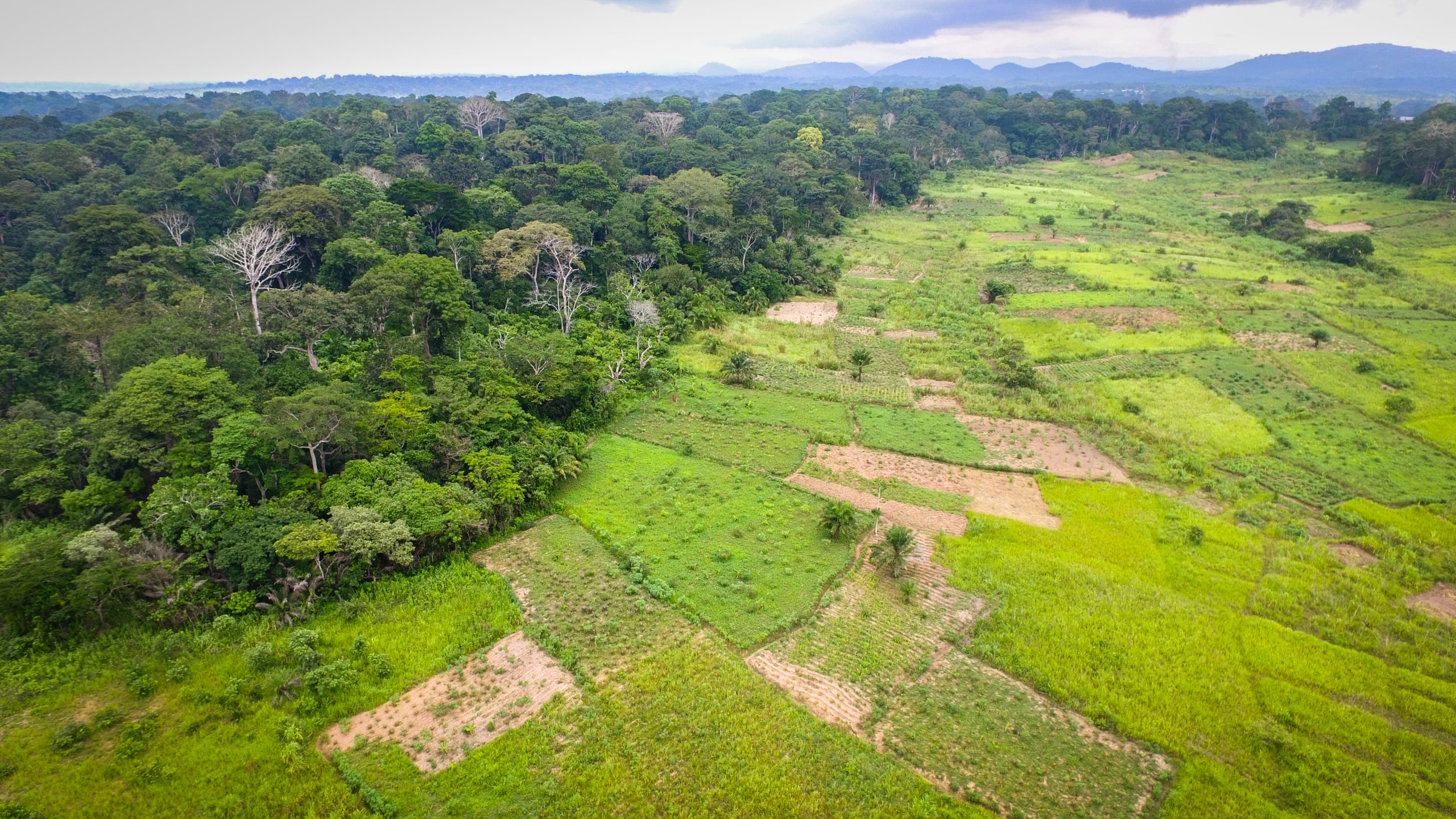Habitat Destruction
Habitat destruction, driven by habitat loss, fragmentation, and degradation, is the leading cause of extinction of biodiversity (Pimm and Raven 2000). These processes result in reduced amounts of original habitat and altered conditions within the remaining habitat. Drivers of habitat loss include agriculture, mining, trawling, urbanization, and suburbanization. Some regions of the world (e.g., biodiversity hotspots and islands) and ecosystems (e.g., mangroves, wetlands, prairies) suffer the highest rates of habitat destruction.
The chapters in this section explore areas that exemplify challenges of and solutions to habitat destruction. For example, students explore the drivers of deforestation of the Amazon and then highlight species (e.g., jaguars, tree frogs, and snakes) that are intertwined with the fate of tropical forests. Finally, students investigate the dangers of urban habitats for migrating birds. and describe mitigation strategies.

the process by which a natural habitat becomes incapable of supporting its native species
the process during which a large expanse of habitat is transformed into a number of smaller patches of smaller total area isolated from each other by a matrix of habitats unlike the original (Fahrig, 2003)
processes by which habitat quality is reduced
a method of fishing that involves pulling a fishing net through the water behind one or more boats
a population shift from central urban areas into suburbs
a biogeographic region with significant levels of biodiversity that is threatened by human habitation
